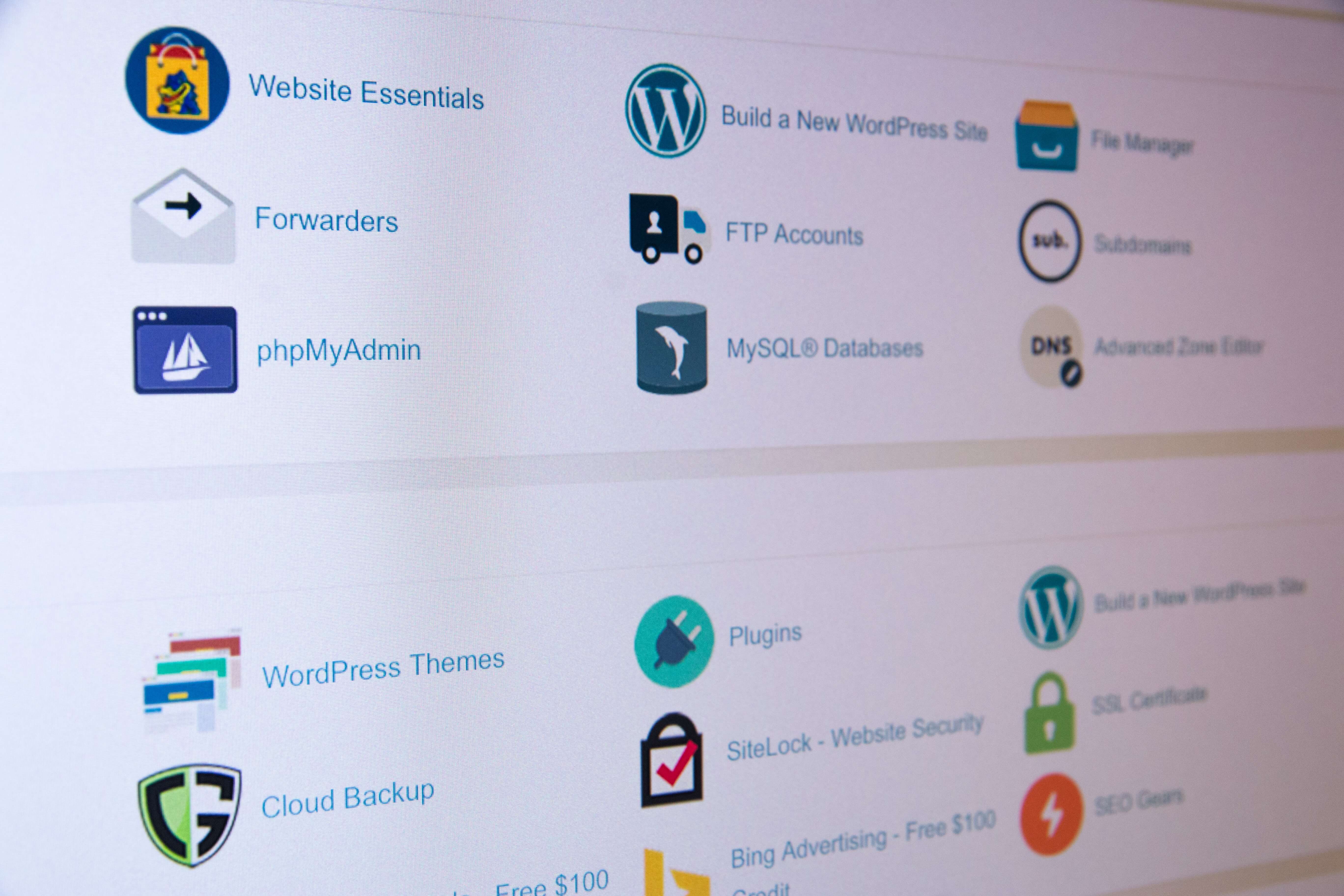How to know if your HubSpot website is optimized

A website on HubSpot is a key part of your success as a business, as it will help you attract new leads, keep current customers interested, and maintain a good presence online. An optimized website on HubSpot, can help you do all of the above in a more effective, functional and sustainable way.
Today, we’ll help you find out if your HubSpot website is fully optimized by asking you four simple questions.
1. Is your website personalized for every visitor?

Every customer is unique, each has different challenges that need different solutions. In other words, each person visiting your website is looking for something different and is likely at varying stages of their buyer journey.
So, if every customer is different, why show them the same content? With HubSpot’s Content Optimization System it is possible deliver Smart Content. This feature allows you to share your content based on the specific needs of your visitors, whether they are first time visitors or existing customers.
Smart Content offers a better experience for everyone. You can tailor your content based on location, language or by any detail stored in your contacts, such as previous interactions with your business or demographic information.
2. Is your website Mobile-Friendly?
Imagine that you need to buy a new coffeemaker. You do a little research online, you see a majority of user recommendations pointing you toward a specific brand, but when you go to the seller's website, it looks disproportionately off and it won’t allow you to scroll correctly. Are you going to hold off and look it up later from a computer, or are you going to move on to the next brand on your list?
Every day, millions of people use their smartphones to access the web, meaning people all over the world can easily access your website from their phones. It’s faster and easier for users, but that's not the only reason why your website should be mobile-friendly. One of the most important reasons is the fact that important search engines like Google actually prioritize mobile-friendly websites.
A great example: mobile sites taking 19 or more seconds to load get pushed down in search results, compared to sites loading in only 5 seconds. It may not seem that big of a deal, but whenever someone makes a search on their phone, the websites that are mobile-friendly rank higher. If your website can be found easily, more new visitors will access it and even share its content.
Mobile-friendly websites will soon become the standard. Technology changes, and if you haven’t adapted yet, you should. It's basic survival. Having a website that's friendly for all devices shows that you took the time and went the extra mile to make your customer’s life easier.
3. Is it constantly updated with relevant, quality, content?

But it doesn't end with design and functionality. Keeping your buyers current is one of the biggest ways of making sure your website becomes and stays relevant in the minds (and searches) of your customers. Get to know your buyer persona, put yourself in their shoes and provide content that offers value to them. And repeat.
Create a schedule and keep up with it so you can create an audience. It will also help you to stay on top of the game, by becoming a leader in your area of expertise. If people look at you for advice, through your blog posts, videos or whatever content you're putting out, it means they trust you.
Research has shown that content marketing costs up to 62% less than traditional marketing. It also helps you create a two-way communication with your leads and customers which will reinforce your relationship.
4. Can it be found easily through search engines like Google?

Create a list of appropriate keywords and base your content around it. Always keep in mind your customer’s needs so you know you're offering value in your content. Investigate keywords, see how well they rank, identify your opportunities and start making your way to the top of the results.
We cannot stress this enough: you need to know your buyer and use the keywords they use to help them find you. Make sure you monitor your own keywords and those of your competitors, this will help you know how to continuously improve and to measure your overall improvement.
To monitor your keywords and competitors, you can use HubSpot tools, Google AdWords and Rank Tracker, among others. With this data, it will be easier to set SMART performance goals and commit to optimizing your content. Over time, you’ll see how your ranking improves, as will your sales figures.
If the answer was yes to all four questions…
Congratulations! Your website is optimized. We can now move forward and focus on the Call-to-Actions, Landing Pages and Content Offers you’re using to attract and retain customers.
If the answer was no to some or all four questions…
There's some work to do to have your website optimized. Take into consideration everything you learn here and work to stay up to date with the latest technology, that way you’ll be able to get the most out of your website on HubSpot.
![[Web Design] How to use visual elements to structure and boost your website](https://www.wx.agency/hubfs/How-to-use-visual-elements-to-structure-and-boost-your-website.jpg)

